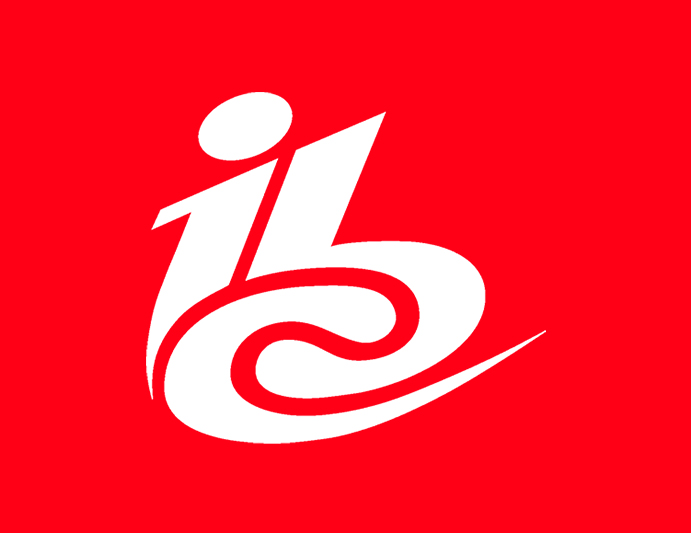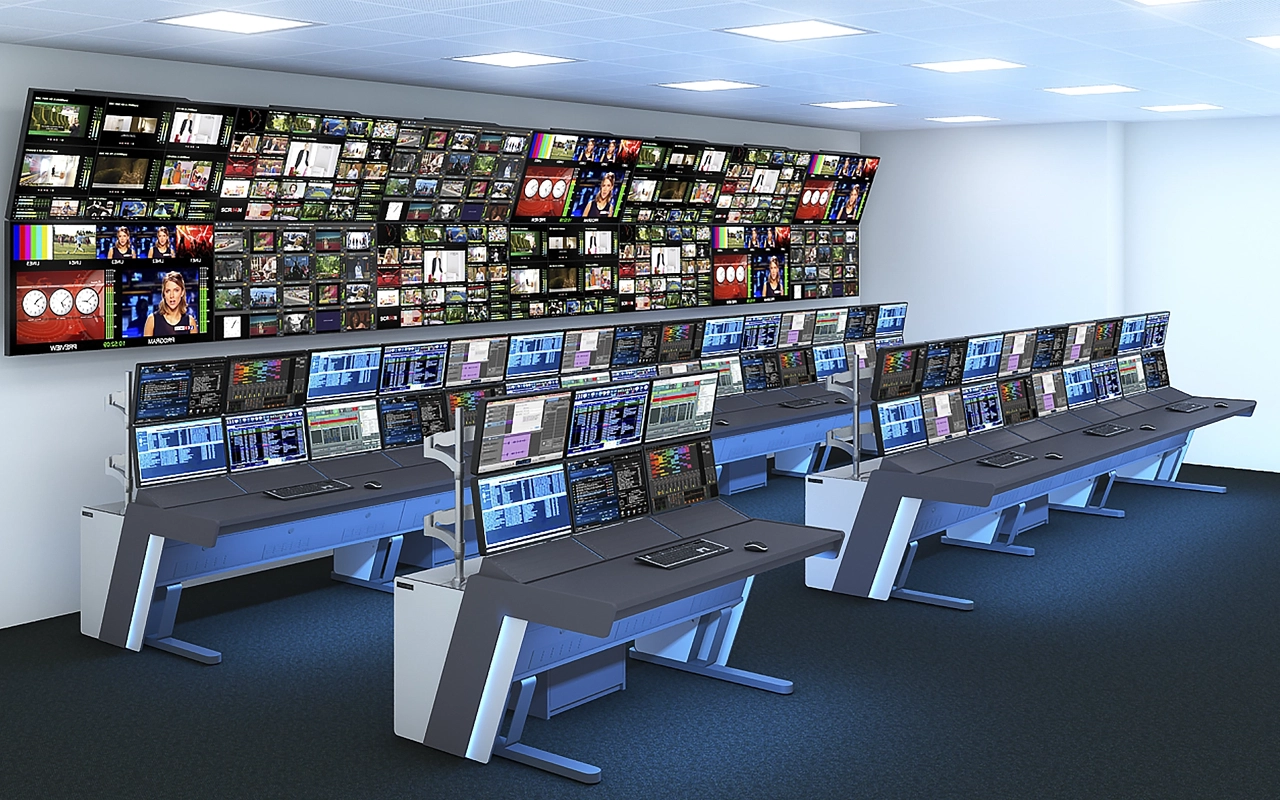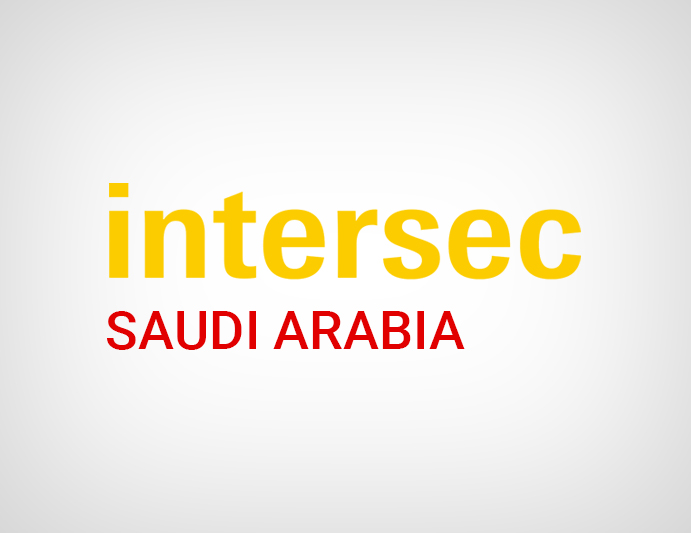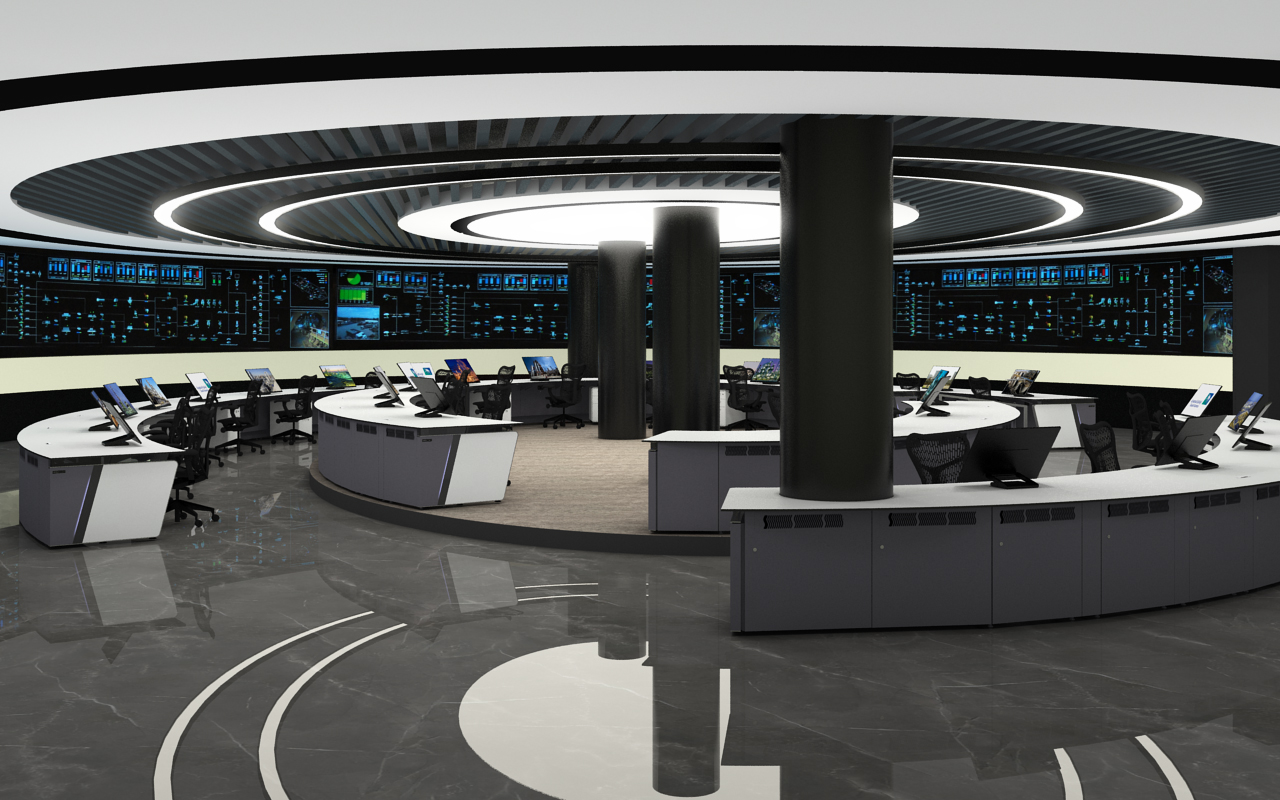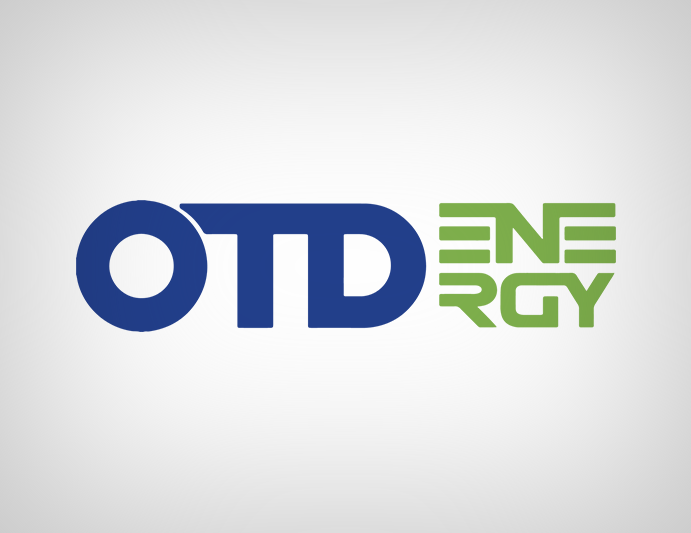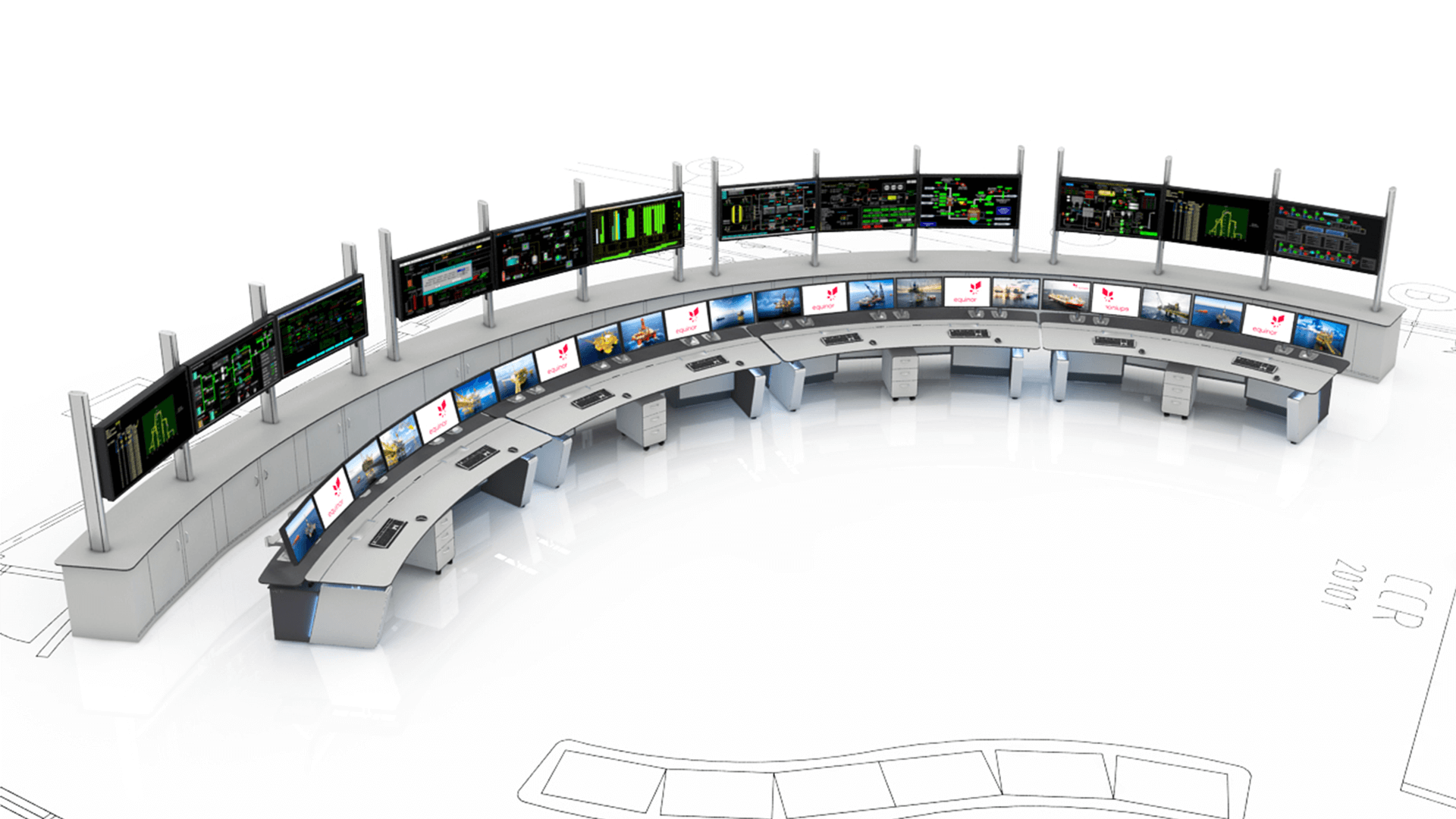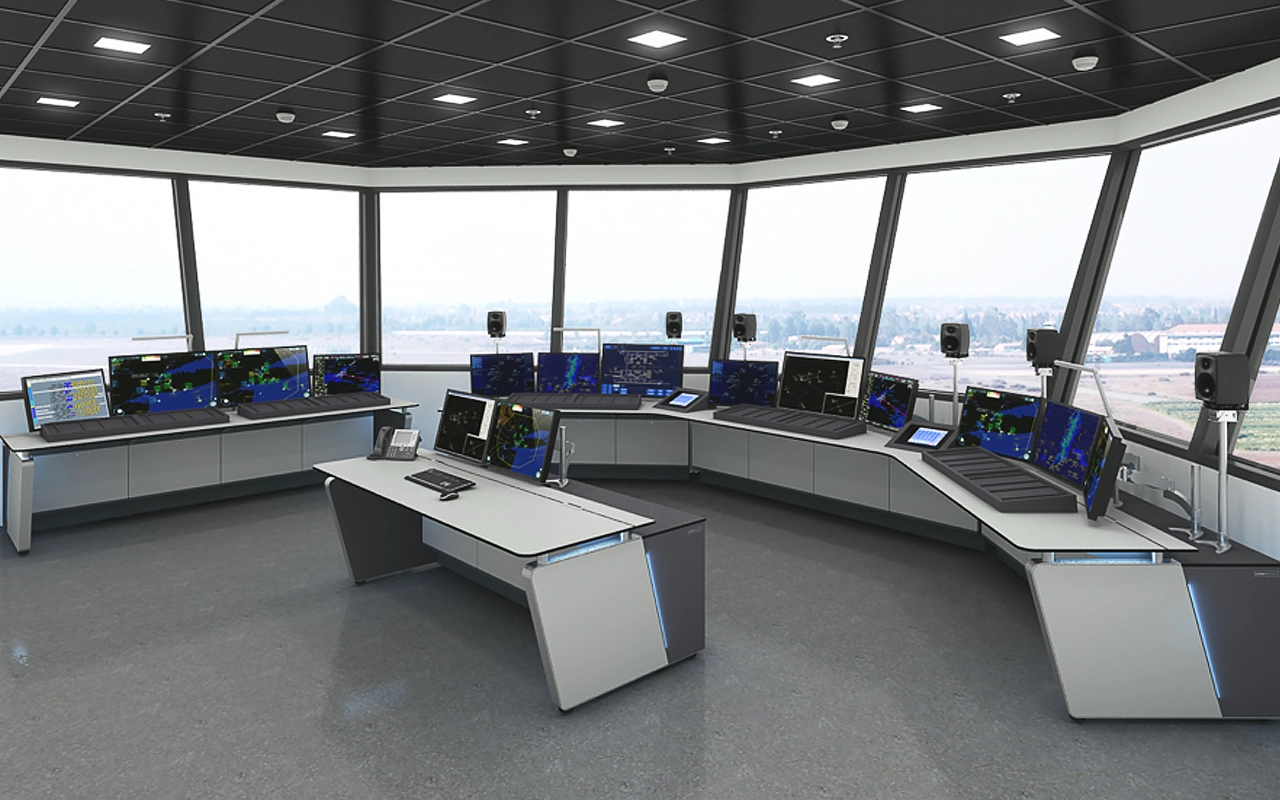Your control room plays a critical role in your organisation’s operations, to optimise safety and to protect your corporate profile. Whether the primary function is for security, network or industrial control, as a transport hub or broadcast centre, it’s vital that your control room team can operate at peak alertness and productivity.
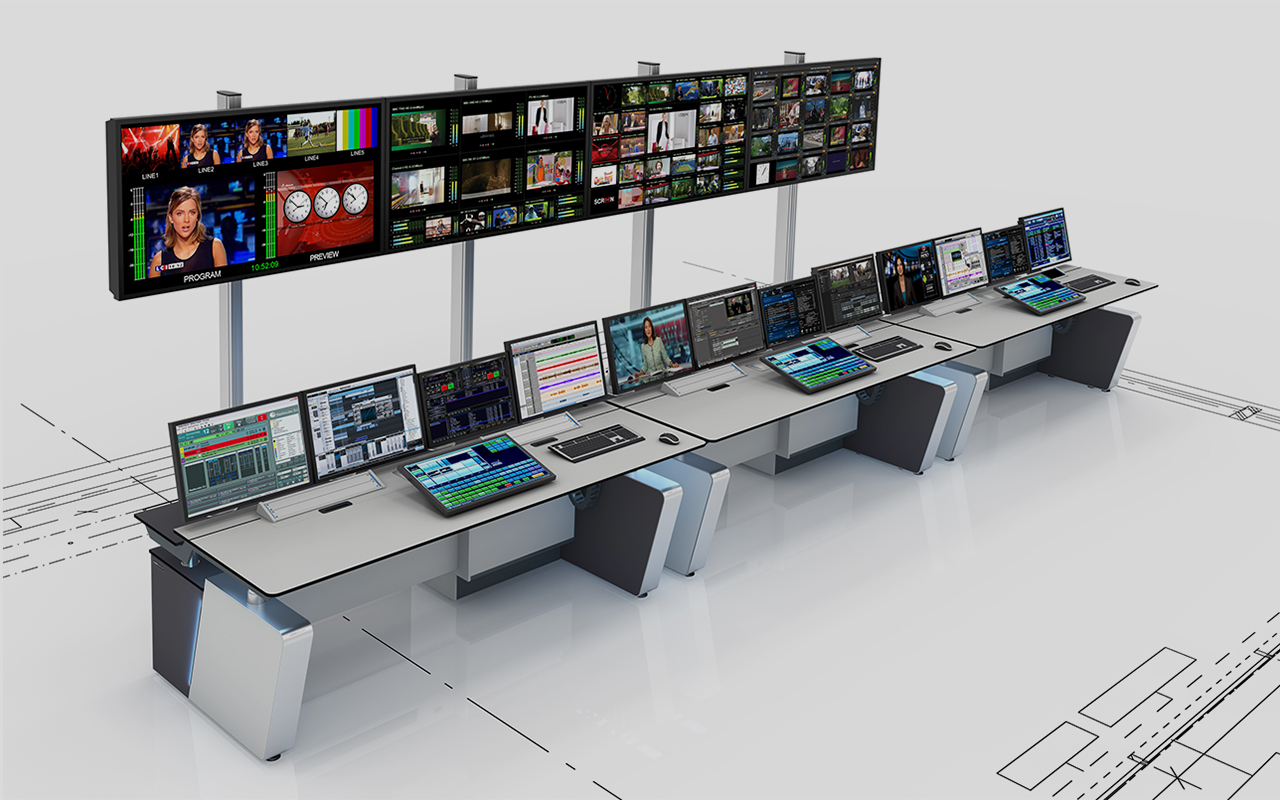
At LundHalsey, our modern control room design specialists deeply understand the functions and responsibilities that these environments support, and their commercial importance. We work with clients to clarify the purpose, goals and aims of the control room and design every aspect of the layout, furnishing and technology to optimise safety, efficiency and effectiveness.
- We take a structured user-focused and risk-based approach to applying industry-recognised guidance and governance, including ISO 11064 and EEMUA Pub 201 Edition 3
- We are experienced in delivering across the whole project lifecycle – from concepts and options right through to commissioning and handover
- We have over 35 years’ experience of identifying operational needs and user requirements, building risk-based analyses, developing operational layouts designing working environments for 24/7 safety-critical facilities
- We bring expertise and insight from 350+ successfully completed projects

